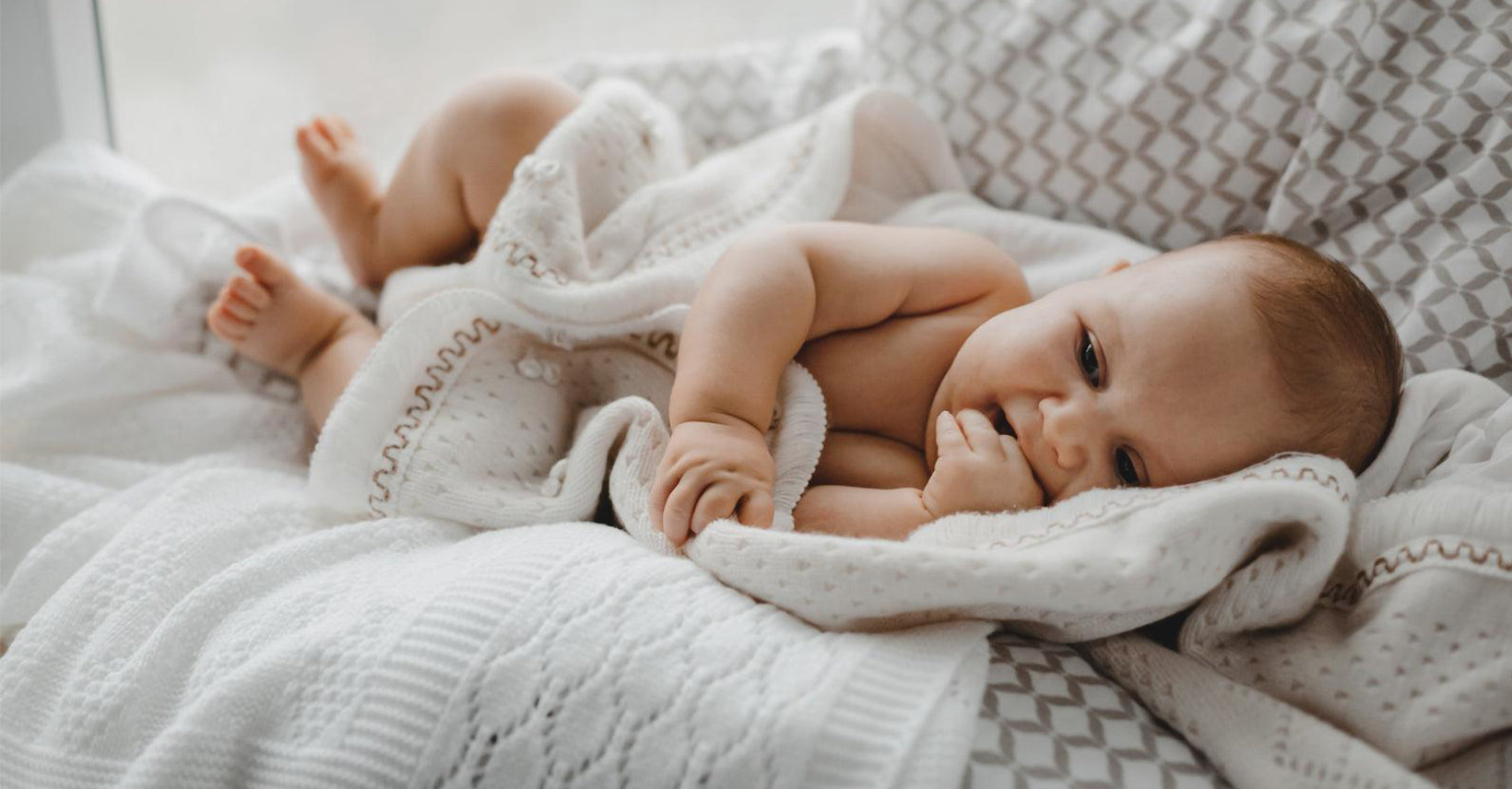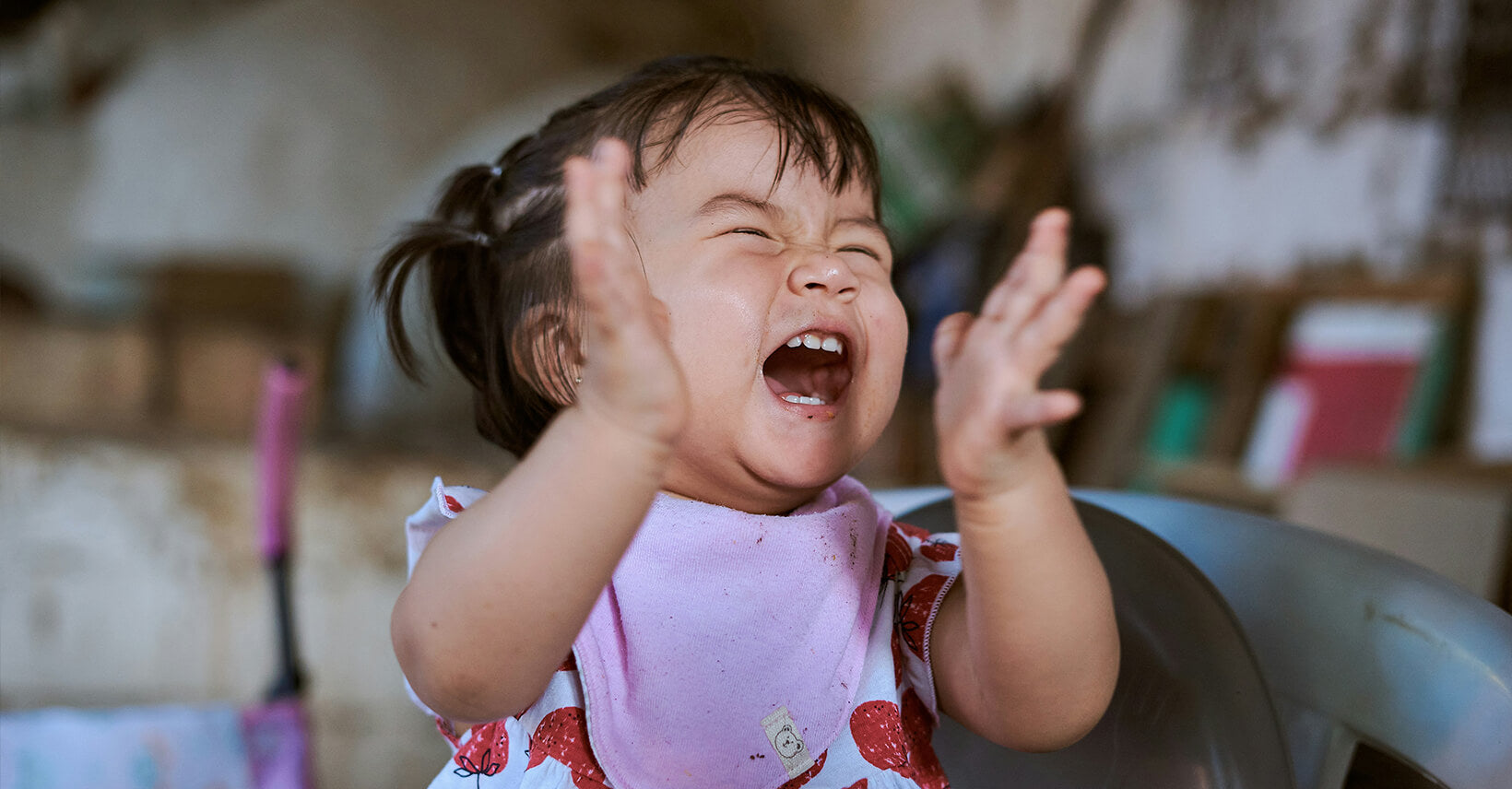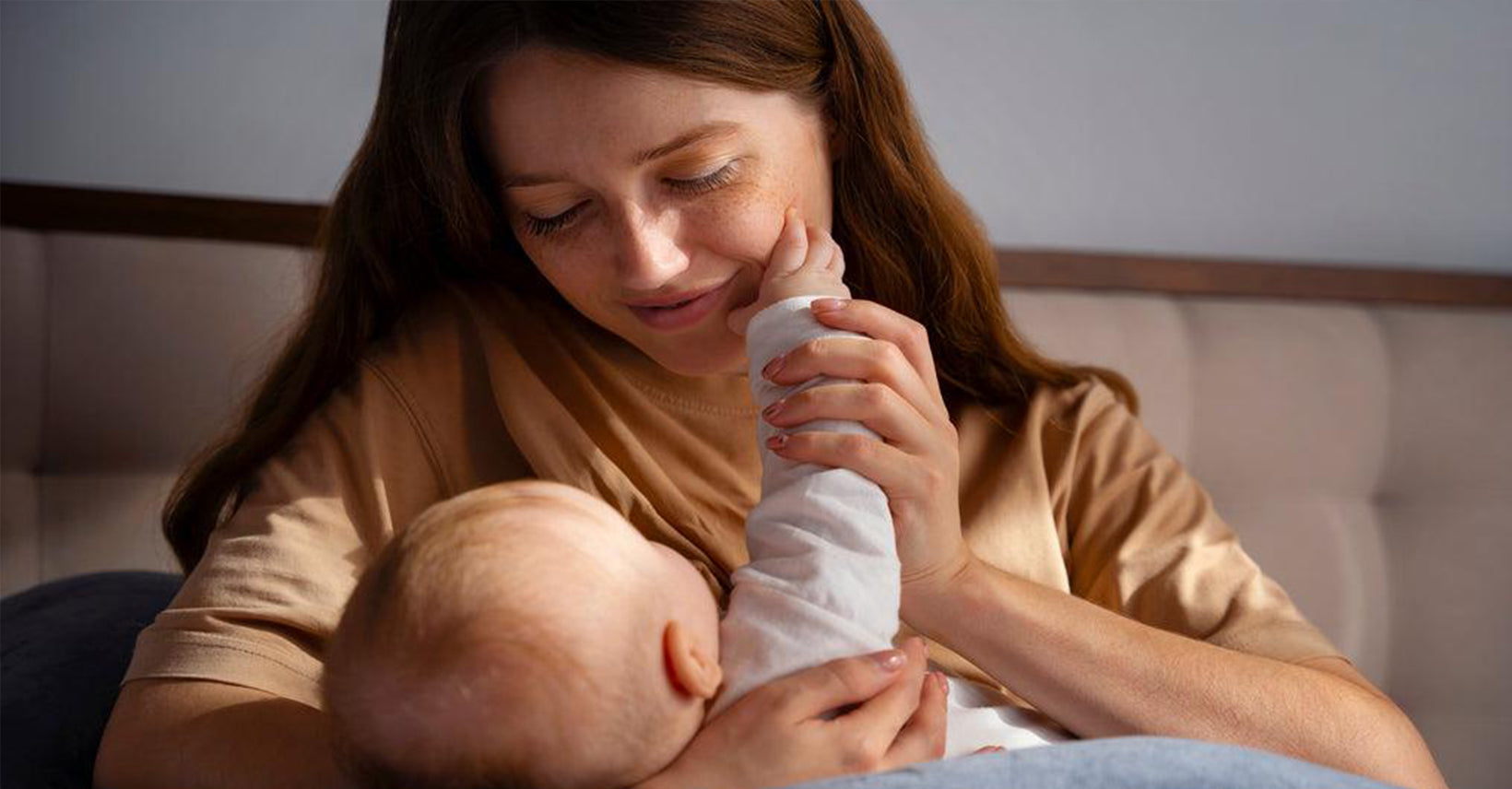
When Can Babies Safely Sleep with a Blanket?
Picture a peaceful scene: a baby nestled in a cozy crib, fast asleep, with a soft blanket draped over them. It's an idyllic image that many parents envision. However, when it comes to the safety of our little ones, we must tread carefully. As parents, we strive to strike a delicate balance between keeping our babies warm and ensuring their safety during sleep. It's only natural to want to wrap them up snugly, but it's crucial to be aware of the potential risks involved. So, when is the right time to introduce a blanket into your baby's sleep routine? Join Kaiya Baby as we delve into this topic, exploring the factors to consider and providing guidance for creating a secure sleep environment for your precious bundle of joy. Let's find out together.
The role of blankets in infant sleep safety
One of the primary benefits of blankets is their ability to provide comfort and security to babies. The soft texture and gentle pressure of a blanket can mimic the feeling of being held, promoting a sense of calm and relaxation. This can help soothe infants and create a conducive environment for sleep.
Blankets also play a role in temperature regulation for infants. Babies have limited ability to regulate their body temperature compared to adults. In cooler environments, blankets can help keep babies warm and prevent them from getting too cold during sleep. It is important, however, to strike a balance and avoid overheating, as excessive warmth has been associated with an increased risk of Sudden Infant Death Syndrome (SIDS). Monitoring the room temperature and using lightweight, breathable blankets can help ensure a comfortable and safe sleep environment.

Additionally, blankets can serve as sleep associations for infants. Establishing a consistent bedtime routine that includes a familiar blanket can help infants recognize cues for sleep and create a sense of familiarity and security. This can contribute to better sleep patterns and a smoother transition to bedtime.
When can I put a blanket in my baby’s bed?
The American Academy of Pediatrics (AAP) recommends avoiding the use of blankets in the sleep environment for infants under 12 months of age. This recommendation is primarily due to the risk of suffocation and Sudden Infant Death Syndrome (SIDS) associated with blankets.
During the first year of life, babies have a higher risk of accidental suffocation, as they may inadvertently pull blankets over their faces while sleeping. This can lead to breathing difficulties and increase the risk of SIDS. To provide a safe sleep environment for your baby, it is best to follow the AAP guidelines and wait until your baby is at least 12 months old before introducing a blanket to their bed.
It's important to note that every baby develops at their own pace, so it's crucial to consider your baby's individual readiness and developmental milestones when deciding if they are ready for a blanket. When your baby reaches around 12 months of age, they may have better head and neck control, as well as the ability to roll over and reposition themselves. These milestones can indicate that they are more capable of managing a blanket safely.
However, even after the age of 12 months, it's essential to exercise caution and follow safety guidelines. When you do introduce a blanket, ensure that it is lightweight, breathable, and securely tucked in around the mattress. Avoid using large or heavy blankets that could potentially cover your baby's face or increase the risk of overheating.
Gradual Introduction of Blankets
When it comes to the gradual introduction of blankets for your baby, it's essential to prioritize their safety and follow recommended guidelines. Here are steps you can take to gradually introduce blankets.
Start with supervised daytime naps: Begin by introducing a lightweight and breathable blanket during your baby's daytime naps when you can closely monitor them. This allows you to observe how your baby responds to the presence of a blanket and ensure their comfort and safety.
Choose a safe blanket: Select a blanket that is specifically designed for infants and meets safety standards. Opt for lightweight and breathable materials, such as cotton, to reduce the risk of overheating. Avoid blankets with loose threads or embellishments that can pose choking hazards.

Place the blanket away from the face: When using a blanket, ensure that it is positioned in a way that keeps it away from your baby's face. Tuck the blanket securely around the mattress or use a sleep sack with a built-in blanket-like feature that eliminates the need for loose bedding.
Observe your baby's comfort and safety: Pay attention to how your baby reacts to the blanket. If they seem restless, uncomfortable, or have difficulty breathing, it may be a sign that they are not ready for a blanket yet. Always prioritize their safety and remove the blanket if necessary.
Gradually increase blanket usage: As your baby becomes more accustomed to the presence of a blanket during supervised naps, you can gradually increase its usage. However, it's important to continue following safe sleep guidelines and avoid using blankets during overnight sleep until your baby is at least 12 months old or as advised by your pediatrician.
Signs of Readiness for Blanket Use
Age and developmental milestones: Most experts recommend waiting until your baby is at least 12 months old before introducing a blanket for sleep. By this age, babies typically have better head control, can roll over both ways, and have increased mobility. These milestones indicate that they have the physical abilities to move and reposition themselves if needed, reducing the risk of suffocation.
Independence in self-soothing: If your baby has developed self-soothing techniques, such as sucking their thumb, using a pacifier, or finding comfort in a stuffed animal, it may be a sign that they are ready for the added comfort of a blanket during sleep.
Ability to remove objects from face: Watch for signs that your baby can independently move objects away from their face. If they can easily remove a blanket or toy that accidentally covers their face, it demonstrates an awareness of potential suffocation risks and the ability to protect themselves.
Temperature regulation: If your baby consistently maintains a comfortable body temperature during sleep without excessive sweating or feeling cold to the touch, it suggests that they may be ready for a blanket to help regulate their body temperature.
Comfort with swaddling transition: If your baby has transitioned from swaddling to sleeping without restrictive wraps or sleep sacks, they may be ready for a blanket. This transition indicates that they have developed the motor skills and comfort level to sleep with a looser covering.
Is it safe for babies to sleep with blankets?
Babies under 12 months old have a higher risk of accidental suffocation or entanglement with blankets, which can lead to breathing difficulties or increase the risk of SIDS. It's important to create a safe sleep environment for your baby by following these guidelines.
Use a firm mattress with a fitted sheet: Ensure that your baby's sleep surface is firm and free from any loose bedding or pillows that can pose suffocation hazards.
Dress your baby appropriately: Opt for sleepwear that is appropriate for the room temperature to keep your baby comfortable without the need for additional blankets.
Consider wearable blankets or sleep sacks: Sleep sacks or wearable blankets are designed to provide warmth without the risk of suffocation. They can be a safer alternative to traditional blankets.

Maintain a comfortable room temperature: Keep the room at a temperature that is neither too hot nor too cold. A temperature between 68-72°F (20-22°C) is generally recommended for optimal sleep comfort.
Practice safe sleep positioning: Always place your baby on their back to sleep to reduce the risk of SIDS. Avoid placing them on soft surfaces, such as adult beds, sofas, or cushions.
It's important to note that once your baby reaches around 12 months of age and demonstrates readiness for blanket use, you can consider gradually introducing a lightweight and breathable blanket under parental supervision. However, it's still crucial to follow safe sleep practices and ensure that the blanket is securely tucked in and away from the baby's face.
Remember, the primary goal is to provide a safe sleep environment for your baby. If you have any concerns or questions about safe sleep practices, it's best to consult with your pediatrician for personalized advice based on your baby's specific needs and development.
Our favorites

Yujia Shi
An expert in sleep sack design, is a valued contributor to Kaiya Baby's blog. With a strong background in baby sleep bags and maternal care, she is highly regarded for her professionalism. Yujia Shi prioritizes baby comfort and safety in her designs, using high-quality materials. Her insightful articles on sleep bags have been featured in reputable publications and have gained a significant readership. Trust Yujia Shi to help you create a comfortable and safe sleep environment for your baby, backed by her proven track record in the industry.






Leave a comment
This site is protected by reCAPTCHA and the Google Privacy Policy and Terms of Service apply.